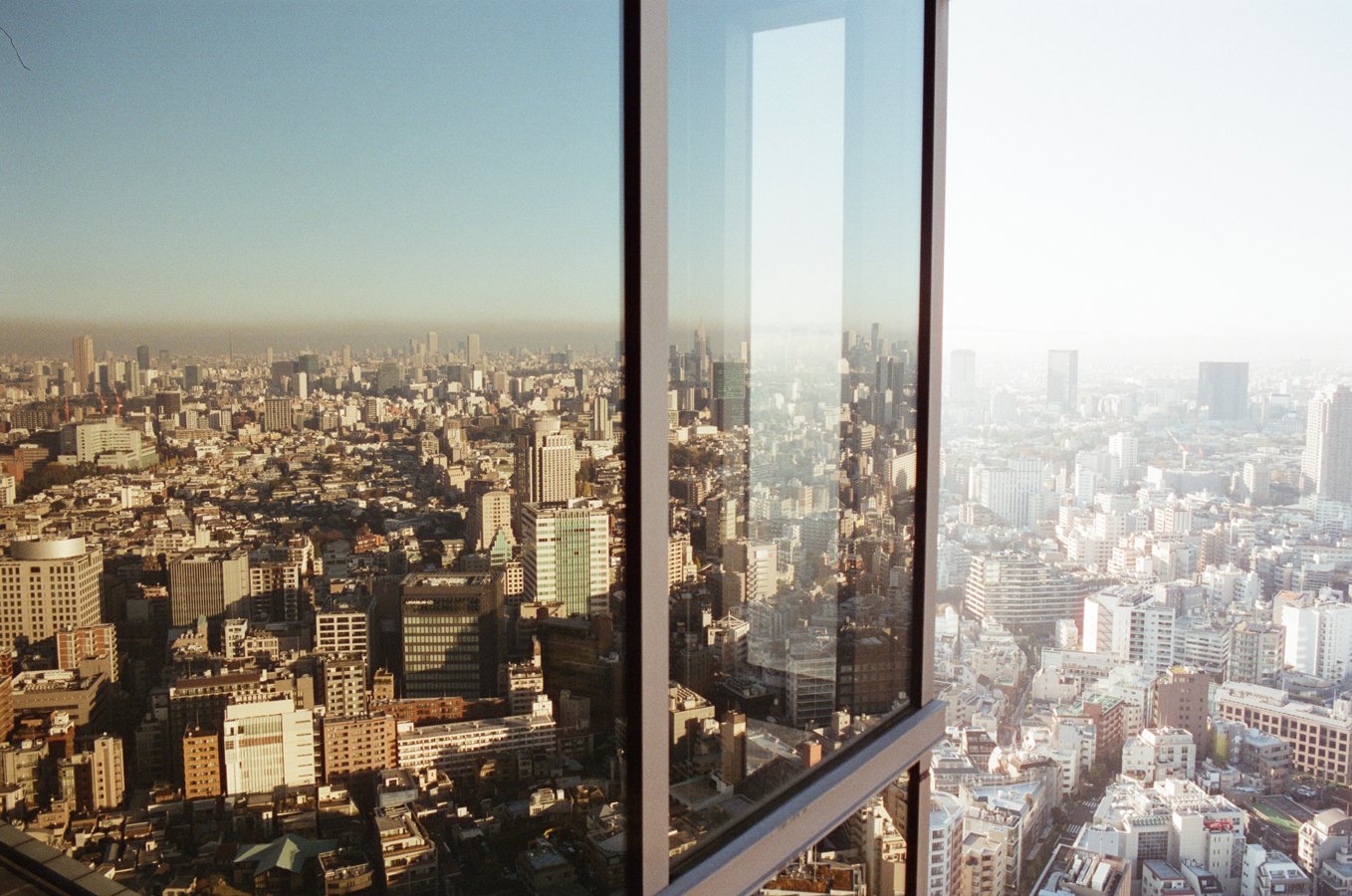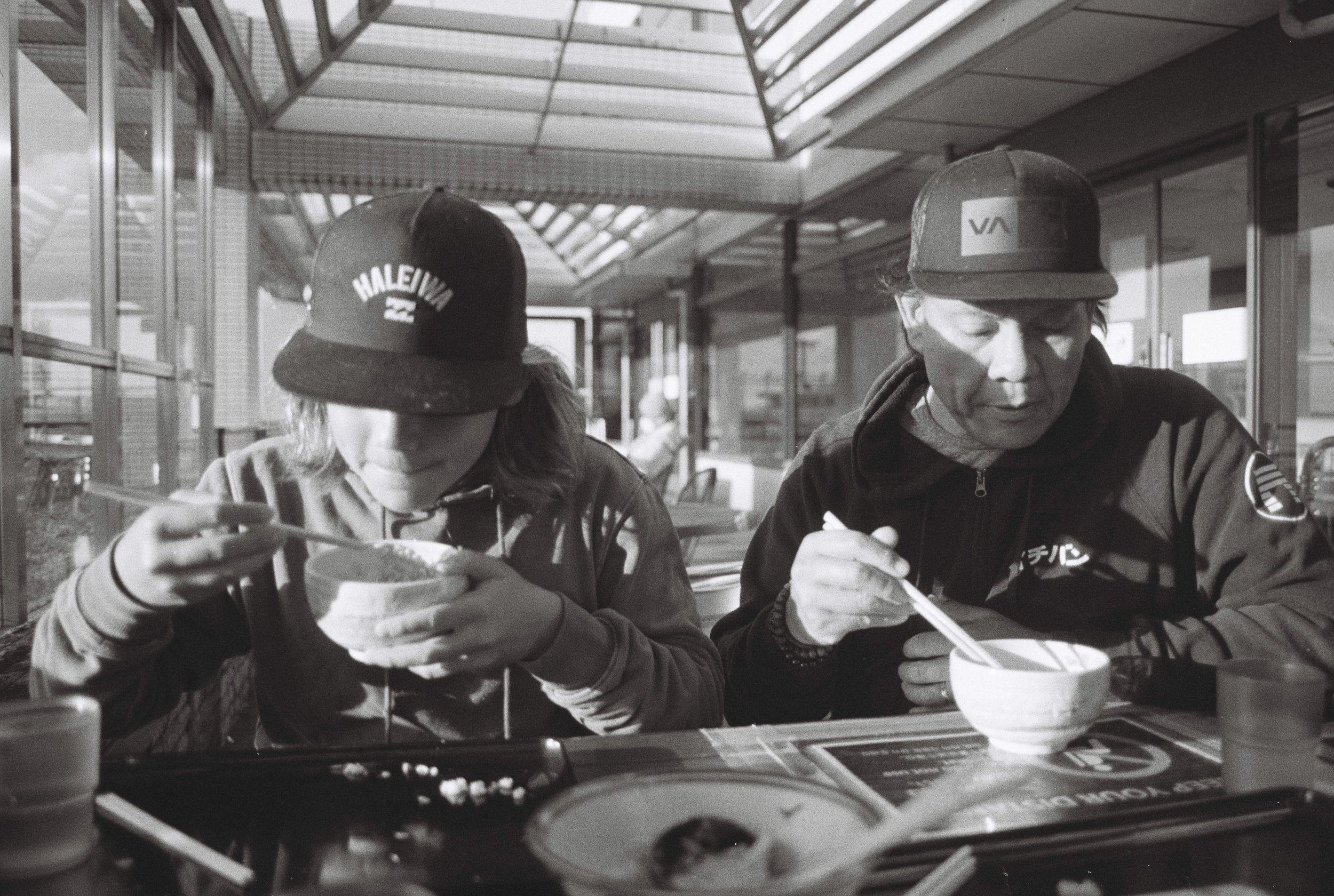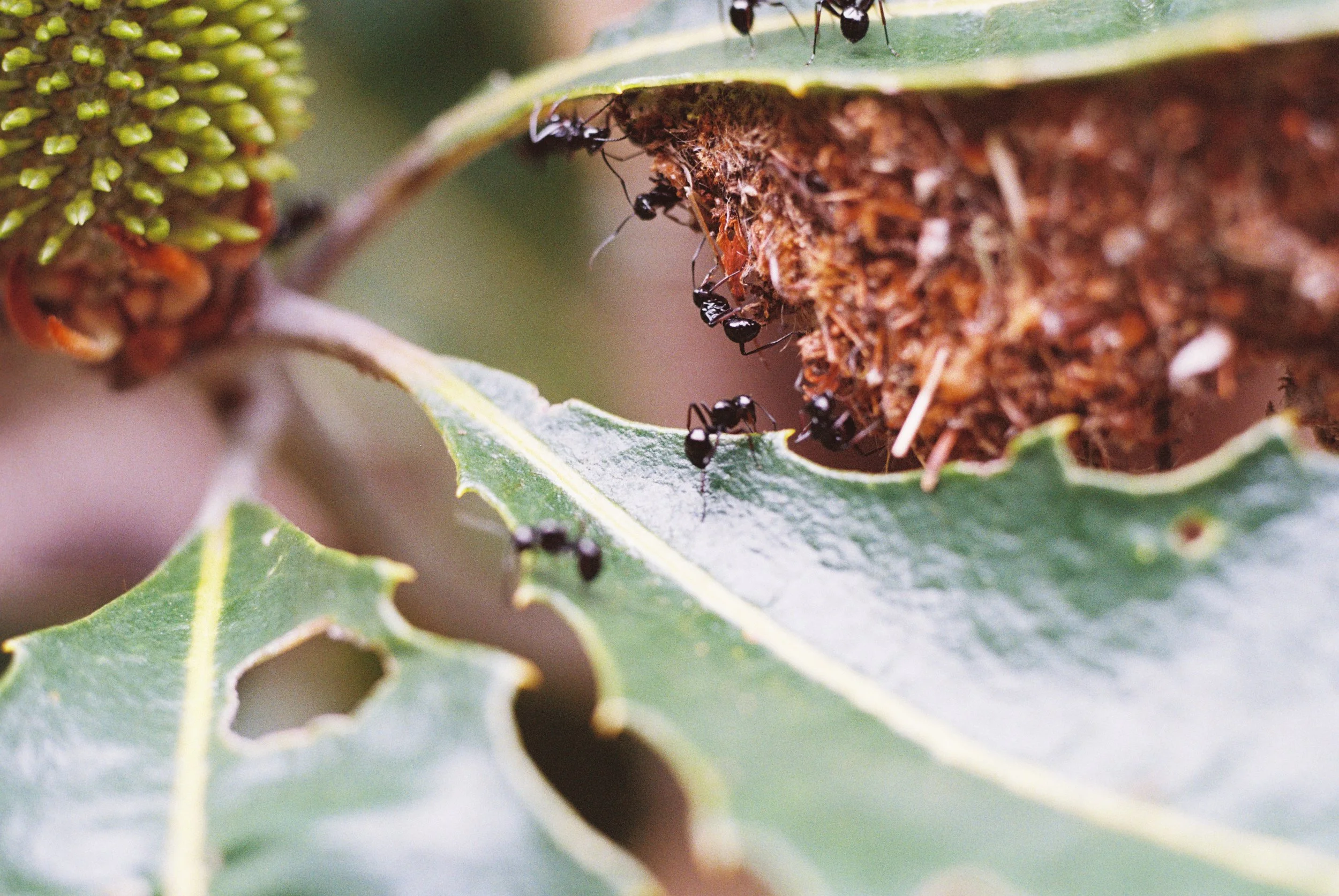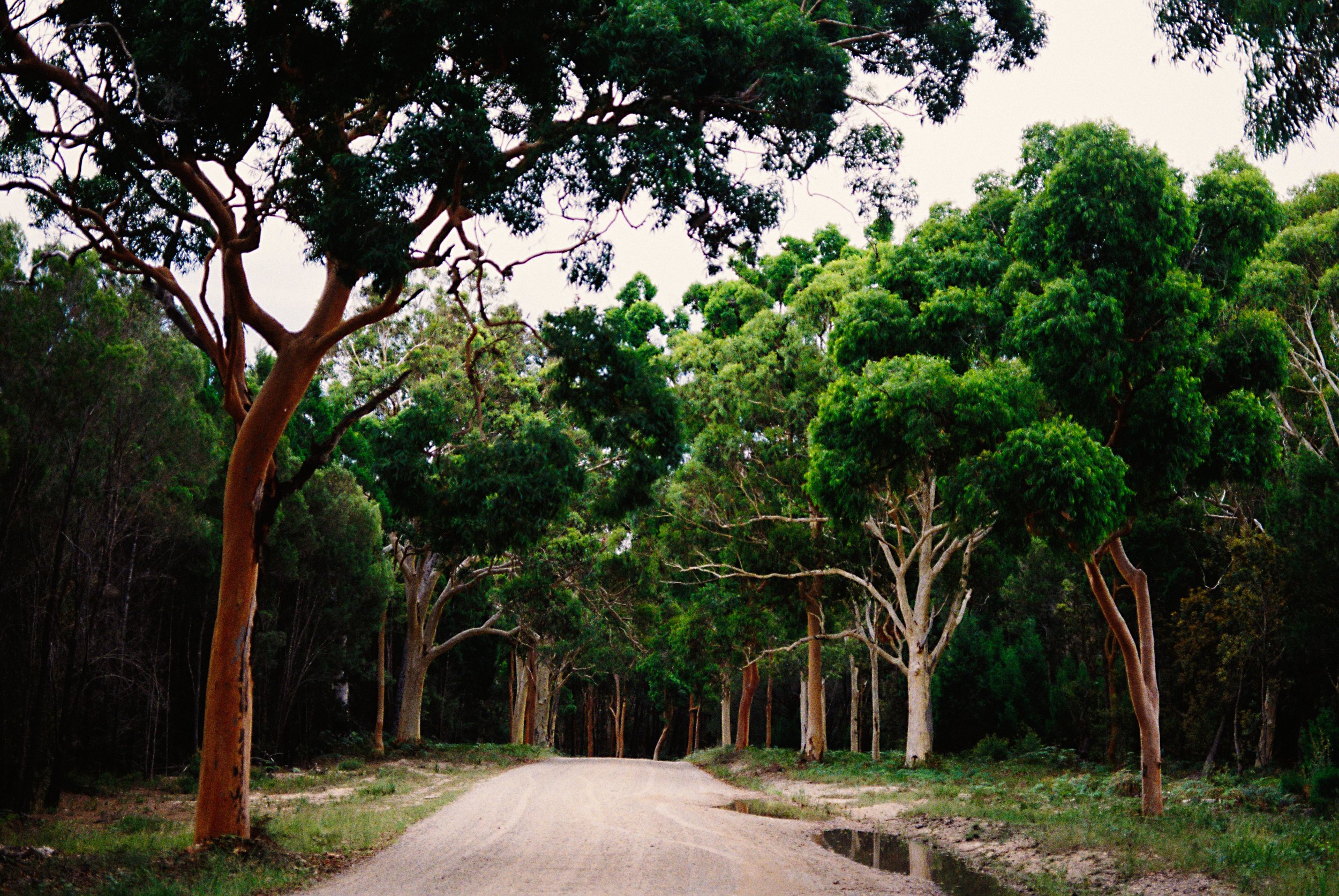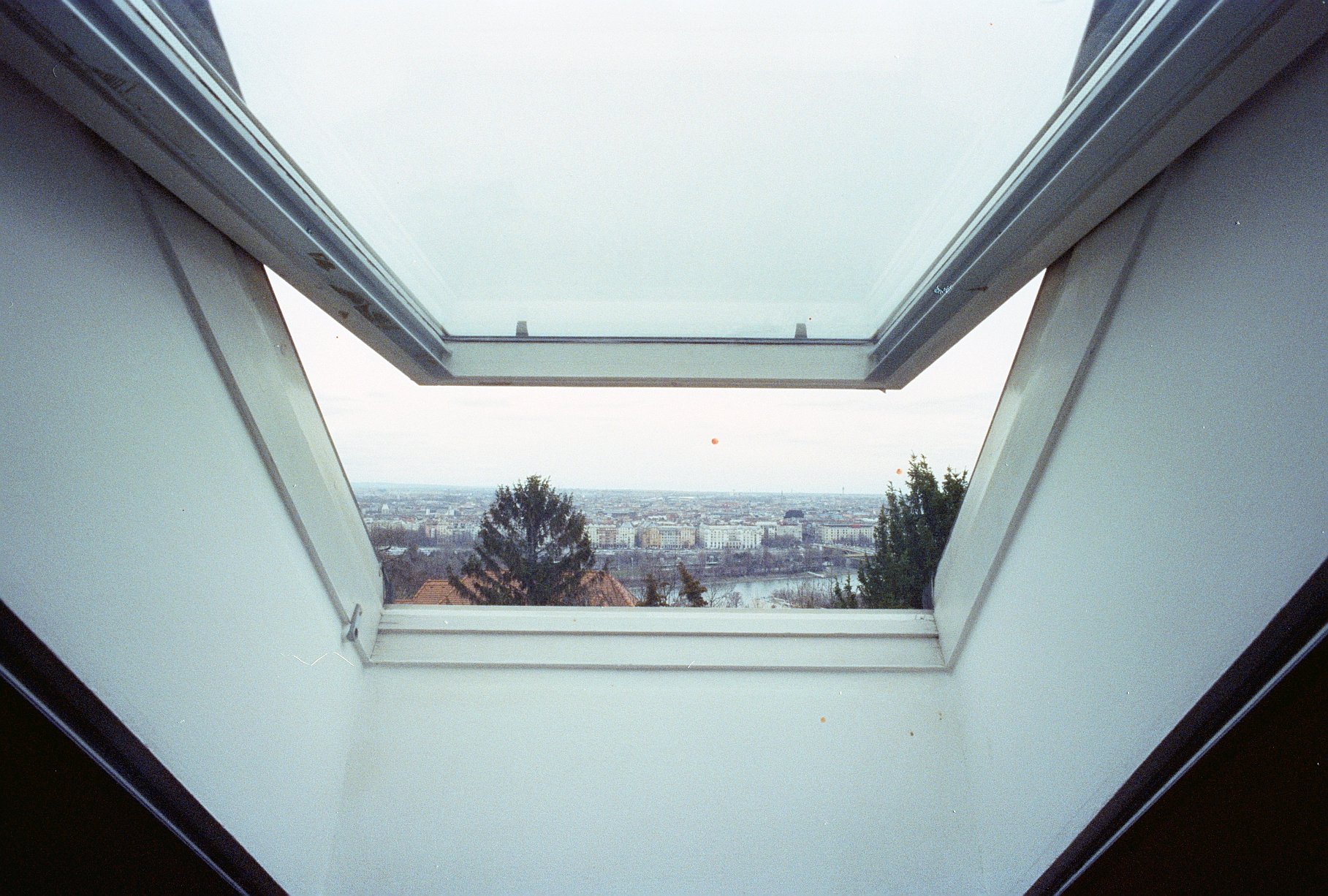Q&A with Photographer and Writer Dorka Hegedus
A rare photo of the photographer, Dorka Hegedus.
Dorka Hegedus and I first met at a parenting center in New Orleans that became my safe place when I was a new mom with a colicky infant. Her son, Linus, and my son, Tibo, were born just a few months apart in 2009. Dorka is very good at making friends, and especially so with someone like me, as she prioritizes things like fresh baked goods and strong coffee and letting kids get messy in mud puddles.
Dorka is a professional photographer. We’ve collaborated on several projects over the years, including this Memories on the Page blog—most of the photos that accompany my posts come through her lens. She’s a storyteller, in words as well as images, and I decided it was high time I formally introduce her.
As you will read, Dorka and her family (Linus, daughter Ida, husband Kevin) are on the road this year, traveling the world. She shared a cache of images from their travels, which I’ve interspersed throughout the following Q&A. Dorka answered my questions in writing.
QUESTION: Could you please begin by giving us some background on your heritage and geographical life path? Where were you born, where did you grow up, and where do you call home now?
DORKA HEGEDUS: I was born in Budapest, Hungary. When I was twelve, I moved to Australia with my mom and siblings. I lived in Brisbane for ten years, until I graduated from university. I spent a year living in Budapest in 2001, then I moved to the United States. Since then, I have lived in New York, Los Angeles, New Orleans, and finally, San Diego.
Since last year, September 2022, I have been traveling with my family, and we have loose plans of returning to California in the near future.
As far as where I call home, I have a somewhat complicated answer. In the United States, it is California, living by the ocean. However, home for me is simply being with the kids and my husband right now. We managed to make a “home” in many different places on this trip, which taught me that there are lot of things I can do without (some I cannot).
The following photos are from the Hawaiian portion of the family’s travels . . .
What about your creative life path? You’re a professional photographer. What steps led you to that profession?
I spent a large chunk of my teenage years struggling to make myself understood. Whether that was because English is my second language or because I found myself in a country less tolerant of other cultures and jumping hurdles to be seen, I am still debating. In my senior year of high school, I took an elective of Film and Television. I had a teacher named Mr. Brown. He was a stark contrast to all the other teachers I had, meaning he didn’t see my broken English as an obstacle, and he seemed to believe that I had something to say. He gave me a camera to say it. I began to shoot 35mm film and work in the high school’s darkroom whenever I could.
After high school, I went to film school in Brisbane. After three years, I moved back to Budapest and worked on various productions filming there. A year later, I moved to New York, then to Los Angeles, where I worked on feature films as well as for production companies in various roles—mostly an assistant, then as director of physical productions.
Throughout these formative years in Los Angeles, I continued to photograph. I transitioned to digital photography but always had a little film camera I used less frequently. When the kids where born, I moved more towards photography as my main business, because it gave me more freedom and time to spend with them.
I know you shoot for work and for pleasure. What are your favorite kinds of photography jobs, and why?
I love photographing people. I like the energy of getting to know someone and being able to tell their story in the short time we are together, whether it's a small family portrait session or a whole day of wedding photography. I approach all these jobs with the same intention. I search for the connection between us, and I want the experience of the time we have reflected in the images we make together. This way the images are authentic, regardless of whether we use natural light, or shoot in a studio, or stage beautiful big shots, or laugh candidly. I look for clients who want this experience, and I enjoy these jobs the most.
Do you have a photography philosophy? Or, if that question doesn’t make sense, how would you describe your personal photography style?
I think my photography philosophy is to produce unique images because each photo shoot is unique. I want my photos to speak to that experience, and I try always to see everyone with a fresh eye and never with any preconceived notions of the final image. I try very hard at never trying to reproduce a shot I have done before and let my eye, the moment, and the connection be my guide.
The following photos are from the family’s time in Japan . . .
Do you consider photography to be a form of storytelling?
Yes, absolutely. I think that each photograph has a story behind it. I think it's my job as the photographer to pay attention to that. It is part of how I communicate with my clients, how much I invest in getting to know them, and paying attention to all the details—words spoken and not spoken. I sometimes find myself in a space of complete listening when I am working. I love feeling this way. It’s a place where I can really hear and see how an image needs to be shot, where I have to be, how to move around my clients. To reach this point of storytelling, I come back again to the same idea: that connecting to the people I photograph is key, so I can hear their story clearly.
We’ve worked together on some oral history projects for the Southern Foodways Alliance. Was there a project that you felt you particularly connected with?
I loved the project of the po-boy bread, and in particular a shoot where we had a father and son we had to photograph. I still remember the way they stood, strong and tall—and how much it was about the connection and the knowledge shared between them.
You’re also a writer. How are the creative processes of photography and writing different and/or similar for you?
I love to write! The feeling of a finding my voice on paper is similar to producing an image that feels "just right.” Both are curiously instinctual but also a culmination of a lot of hard work and thinking. I find myself doing activities (swimming or running) and I will be drafting ideas. I feel like both creative processes require a lot of planning for me, and thinking, to allow for me to be present in the moment and hear my authentic voice.
Could you tell us about the year you’re living right now, and why you decided to write about it on Substack?
My husband was offered a job in Hawai’i in film production for an extended period of time, and in order to keep our family together we decided to take a year from California and travel. We have lived in Hawai’i, visited Japan, lived in Australia, and now we’re living in Europe.
When we decided to leave San Diego for a year, I felt that I needed to record my thoughts and experiences in a way that was accessible to others. I didn’t want to use social media because over the years I have found that platform to be less speaking in the voice that I wanted to hear. I liked the idea of a Substack that was available for anyone to read as they wished and in a format that required a sense of connection between the author and the reader. I also saw this as an opportunity to combine photography and writing, which has been something I really wanted to do for a long time.
The following photos are from a stay in Australia, where Dorka lived during high school and college . . .
On Substack, you post writing and images. Could you speak a little bit to how you think about pairing words with your photos? When you know you’ll be using a photo in one of your Substack posts, and writing about it, does that change any decisions you make as you shoot?
I have found that my writing and photography have a sense of harmony and rhythm, which I was able to cultivate over the past few months.
I have decided to mainly shoot 35mm film on this trip, which has been an amazing but also an extremely challenging experience. When I shoot film, I am shooting very deliberately, but also very much in the moment. I do not have a chance to re-adjust after checking my shot, I have to trust that I was able to capture what was needed. There is a level of anticipation each time my film scans land in my mailbox. I have learned to carry my little film camera hanging on my shoulder wherever we go and listen to my instincts on what to shoot. Since I am only taking a few shots of things, it doesn’t feel overwhelming at all—and my family doesn’t even really notice me clicking away (or so I hope).
There are times when I really want to write about something but I have run out of film, or my film camera has malfunctioned. Old equipment breaks often, it's always a risk. It happened in Japan, and that made it difficult to write about that time, but I did anyway and used whatever photos I had. I am actually just waiting for scans to come back from the first eight days in Budapest, and I found out that it’s likely 50% of my photos will be out of focus due to a camera error. This is the situation when I have to connect with what I have and use it anyway—because the moment and the experience of writing about it is what leads me.
There will be a photo that really stands out to me sometimes, and it inspires me to write about something I didn’t know I was going to. For example, I was really able to capture the blue of the ocean in Australia, it was the absolute perfect time, right after sunset, and the sky and the ocean seemed to be drowned in blue paint. Once I saw that photo, I knew I had to write about it.
I love collaborating with you for my blog posts. I’m trying to help people tell stories, and you’re helping me help people tell stories. Could you say a bit about what that collaboration is like for you?
I get excited when I get an email from you! Finding the right photos for your posts has been really interesting. I sometimes will find a photo and think this is it and send you a few options along with that one I picked out privately. Then, 99% of the time you choose the one I originally thought would work. I love reading between your words and trying to find images that match your tone. I think having been your friend and collaborator for a while now makes it even more exciting and meaningful. Photographing for someone’s writing or vision and finding the story between us.
Dorka shot the following photos in Hungary, her homeland . . .
I know you well enough to be certain you’ve photographed coffee and baked goods during your travels. Would you be willing to share some of those images, so I may live vicariously?
Yes!











